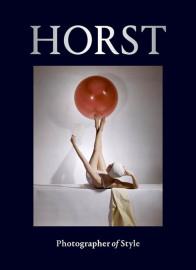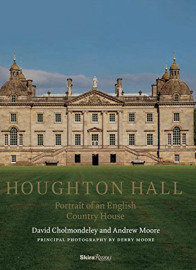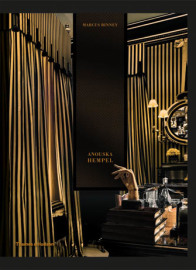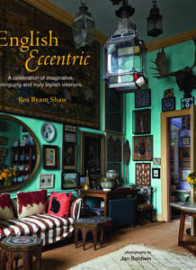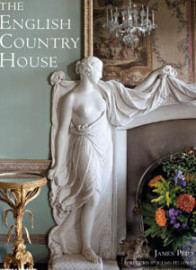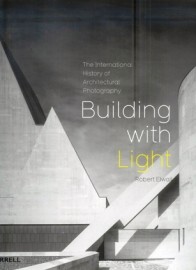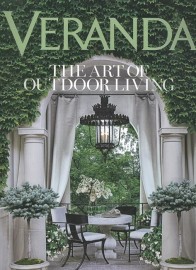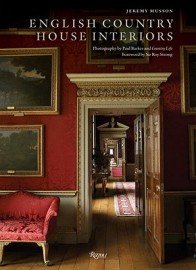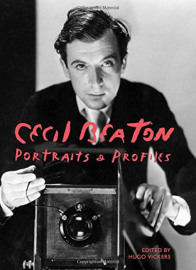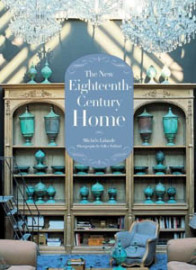The Drawing Room – what’s yours called?
But is it a ‘drawing room’, ‘living room’, ‘sitting room’, ‘front room’ ‘reception room’ ‘family room’ or ‘lounge’? These days it is sometimes also called the ‘television room’ – which tells you a lot about the principal function of that room in some households – and in the not so distant past it might also have been the ‘parlour’, which until the emergence of the ‘funeral parlour’, was where you laid out your dead – in addition to where you received and entertained.
There really isn’t much of a working consensus on the use of these terms in the English speaking world and the semantic difficulties are not just a product of national culture, but also class. Even a cursory trawl through estate agent internet listings up and down the country reveal striking variations in the naming of this room in different regions and price brackets. As if these difficulties on what that one room is called are not enough, there are then all sorts of quandaries on what the contents of that room are called: Is it a sofa, settee or couch, looking glass or mirror, chimneypiece or mantelpiece, wireless or radio? In Britain these issues have always been a dangerous social minefield, and marked you out as either ‘U’ (upper class) or ‘non-U’ (invariably the aspiring middle class). Although the upper and working classes shared a similar disdain for the poncey genteelisms of the middle class, preferring to call a spade a spade, the working classes have however never called a drawing room a drawing room.
To add to the confusion there has been a proliferation of other rooms – all with a similar purpose – that in estate-agent-speak all fall under the umbrella of ‘reception rooms’. In fact the desirability of a house today is greatly enhanced not just by the number of bedrooms, but also the profusion of ‘reception rooms’ like ‘studies’, ‘morning rooms, ‘sun lounges’ ‘garden rooms’ or ‘conservatories’. Luxury today is increasingly defined by the higher incidence of superfluous spaces of questionable functionality.
As most of these rooms are clearly in imitation of country house norms, they are largely a product of social awareness and taste. Long before the advent of interiors magazines and property porn on TV, the aspiring middle classes were able to mimic aristocratic tastemakers, from the 18th century onwards, with the help of the lavish catalogues and pattern books put out by designers and architects like Robert Adam. Meanwhile aristocrats proudly opened up their houses to enthusiastic hordes of middle class tourists. There were even guides on hand to explain how all their rooms were used and how they were decorated.
Trickle Down Taste
The trickle down effect of all of this was to hugely proliferate the concept of taste. Of course with increased wealth, people could now afford to concern themselves with ‘taste’: what it was and how to get it. Increased leisure time also meant that there was more of a point in having a room dedicated to entertaining, another for whiling away the morning, for writing a letter, for playing billiards or sipping tea among exotic plants and birds. You see this as much in the fashion for specialised rooms that reached a peak in the Victorian period, as in the mass production of furniture and decorative goods in often artless imitation of what was observed in country houses.
Now it seems the leisure rooms in our houses – and how odd and also fortunate that they aren’t also called that – are simultaneously going in two very different directions. On the one hand rooms are at once getting smaller and yet more numerous, as developers with an eye on margins squeeze in more on less. As any estate agent will tell you, at the lower end of the market there is a premium attached to the proliferation of rooms no matter how small.
On the other hand – and also the other end of the market – a separate drawing room is headed for complete extinction, with the rise in popularity of the American import of the ‘open plan’. Frank Lloyd Wright’s advocacy of open plan design in homes – also to be taken up by offices – was made possible by social and technological changes: with the rise of feminism and technological advances that made housework lighter, women were – purportedly – liberated from the kitchen; meanwhile central heating and extractor fans meant that larger spaces could be both warm and unpolluted. The average British home now has 5.34 rooms, according to 2001 Census figures. It is to be seen whether this number will go up or substantially come down. How odd then that in the 21st century as the dividing walls in our homes have come down, we appear to have gone full circle, with this return to the medieval practices of cooking, eating and even sleeping in one big room. Understood in this way, ‘open-plan’ is therefore perhaps more ‘medieval modern’ than ‘mid-century modern’.
But as far as Jeremy Musson’s beautiful and scholarly book on ‘The Drawing Room – English Country House Decoration’ is concerned, there is absolutely no question that this room, in this context, can only be called a ‘drawing room’. There are few people who are better placed than Musson in articulating the history and design of the English country house, and his book is exclusively devoted to the upper class manifestation of this room of reception. A room that is famous and imitated the world over and which is intimately associated with the English country house. This was the room in those great power houses of the ruling elite, that evolved with the architectural tastes and social realities of the great taste makers whose fashions and style have helped to define refined living the world over.
Like any room in our homes today the ‘drawing room’ – if that is what we choose to call it – has evolved to reflect our changing attitudes and use of space. The high point of the ‘drawing room’ historically was surely the 18th century, when the new modern era of neo-classical homes gave us the surviving model of drawing room as symmetrically paired up with the dining room, as the two principal rooms of a house. This was reflected in the sumptuousness of the decoration, and all other rooms one passed through were designed to incrementally prepare you for the opulence of these two rooms.
Venus and Mars
What is less obvious today is the gender based zoning at the root of these rooms between the realms of men and the realms of women. The drawing room was where the women would withdrew to after meals, where they could display their musical and drawing talents, and serve tea. By contrast the dining room – along with the library and games rooms – was primarily the male domain. It was only after many hours of drinking port, smoking and talking politics that the menfolk would rejoin the women in the latter’s domain for tea.
The opportunities for friction in this arrangement could not be overlooked, and Musson quotes the wag Beverley Nichols’ caustic recollection of 1930s dinners at Polesden Lacey when Churchill would hold forth:
“His ‘finest hour’ was after dinner, when the ladies had left the table, with more than usually earnest entreaties that we should not be too long over the port, for they knew with bitter experience that when Winston was at the dinner table with a good cigar in one hand and a better Armagnac in the other, the chances were that they would be left without cavaliers until nearly bedtime, and would have to spend the rest of the evening hissing at each other across acres of Aubusson.”
This gender divide was also reflected in the decoration, so that drawing rooms tended to display ‘a woman’s touch’, in contrast to the more masculine design of dining rooms. This does not seem to have deterred some 19th century men however from producing admonishing treatises on the subject of ‘taste’ and the modern drawing room. Musson entertainingly quotes Charles Eastlake’s unrestrained frustrations in his Hints on Household Taste, 1868:
“How often does one see in fashionable drawing-rooms a couch which seems to be composed of nothing but cushions… I do not wish to be ungallant in my remarks, but I fear there is a large class of young ladies who look upon this sort of furniture as ‘elegant’. Now if elegance means nothing more than a milliner’s idea of the beautiful, which changes every season – so that a bonnet which is pronounced ‘lovely’ in 1868 becomes a fright in 1869 – then no doubt this sofa… is elegant indeed.”
Clearly some men like Eastlake believed that though the drawing room was in the women’s sphere of influence, things had been allowed to go a little too far.
The many examples of the country house drawing room in Jeremy Musson’s book that are superbly photographed by Paul Barker, reflect the changing styles but unchanging principles of this room, in some of the greatest historic houses of England. Very fortunately most are also open to the public, and some like Attingham Park are owned by the National Trust. There are of course very many books on the subject of the English country house, but Jeremy Musson’s latest book is as authoritative as it is entertaining and a complete joy to behold.
‘THE DRAWING ROOM English Country House Decoration‘ By Jeremy Musson with forward by Julian Fellowes
Published by Rizzoli International Publications
To order ‘THE DRAWING ROOM English Country House Decoration‘ please visit GDC interiors Book Collection on Amazon
















